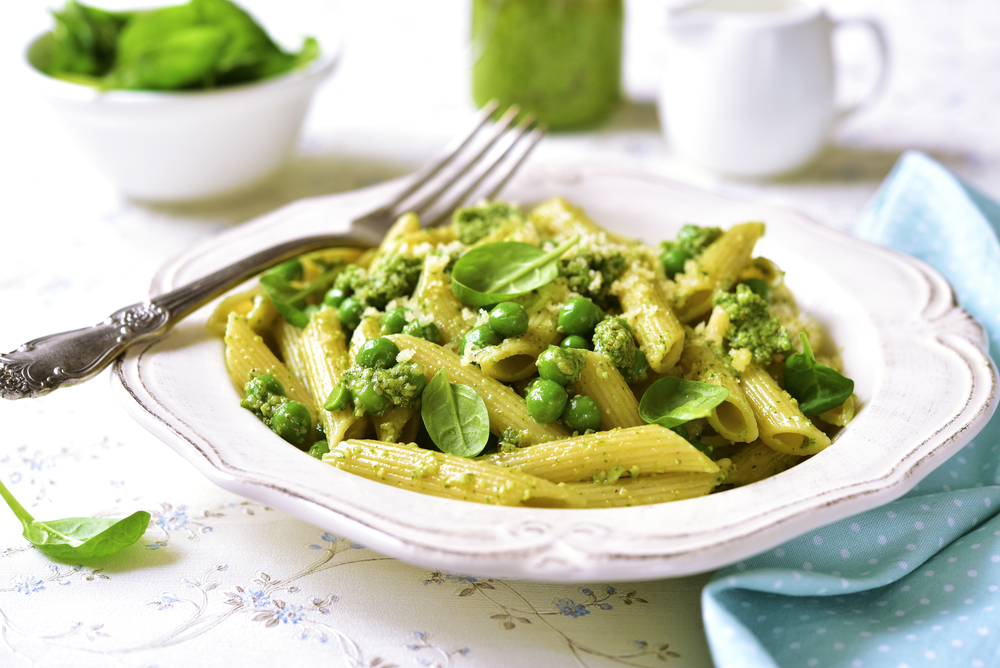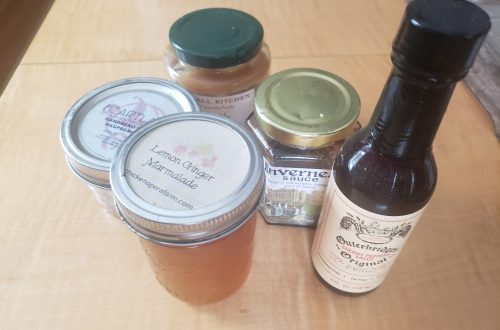
Finding Inspiration in 20th-Century History
Thinking about the combination of tariffs, inflation, and climate impacts on our food supply inspired me to explore what meals looked like during the Great Depression of the 1930s. I won’t dwell on chipped beef on toast or the dish made with Spam, noodles, and cream of mushroom soup. But I will say that some of the others were not only creative, but could actually be delicious, especially enhanced with some of the seasonings available to us today.
The overall strategy was to use lesser cuts of meat and extend them with fillers such as shredded potatoes, crackers, or other starches. Take these meat and potato patties, a World War II recipe that was fashioned to deal with rationed meat. Lean ground beef is bulked up with shredded potatoes, chopped onion, a little chopped green pepper, and a beaten egg to allow cooks to form patties to be browned, then simmered in tomato juice. After removing them from the pan, a slurry of flower and water is added to the juice in the pan to create good old gravy to serve over the patties.
Back in the 1930s, ham and bacon were less-expensive proteins, so families’ diets included dishes as this combo of sliced ham, mashed potatoes, eggs, butter, parsley, and Hollandaise sauce. Then there was the fondly named bubble and squeak, an Irish dish traditionally made with leftover potatoes, meat, and vegetables. During the Depression in the U.S., it was typically made with cabbage, potatoes, and ham. Families also made Polish Halushki with bacon, fried cabbage, and noodles. For vegetables, there were dandelions in the yard; the bitter greens, when tossed with a little oil, lemon juice, chopped scallions, sliced hard-boiled eggs, and grapefruit sections, made for a tasty dandelion salad.
Hot dogs, otherwise known as tube steaks, were mainstays of menus of the time. The signature use was in Hoover Stew, a dish named for President Hoover (widely blamed for the financial mess), which combined macaroni, hot dogs, tomatoes, and corn. And, of course, there was hot dogs and beans or hot dogs and potatoes.
Pasta was a good inexpensive filler. You’d find pasta with peas (pictured above), pasta with beans and prosciutto, and bacon pasta. In the 1930s, First Lady Eleanor Roosevelt worked with home economists to create 7 ½- and 9 ½-cent meals, including a spaghetti with boiled carrots and a white sauce.
Meals we’re less likely to copy include creamed corn on toast, chipped beef fondue, and gravy on bread or toast. But you could try peanut-butter-stuffed onions: Stuff the middle of an onion with peanut butter and bake it for an hour. Ernest Hemingway supposedly was a fan. In his novel Islands in the Stream, Hemingway describes a sandwich of peanut butter on white bread with onion slices that he pegged the Mt. Everest Special.
So how can some of these ideas be adapted to modern menus? Considering our emphasis on healthy eating, I’m not likely to use spuds and starches for fillers on a consistent basis. I’m more likely to use grains or legumes for proteins. This week, we had a delicious meal of farro, mushrooms, and peas and another of the New Orleans Monday-night standard, red beans with rice. I’d take those over Spam and noodles with sauce made of Campbell’s cream of mushroom soup.
But in honor of Mother’s Day, let’s remember how many of them, then and now, managed to come up with nutritious meals for the family day after day, often on a tight budget. Whatever you do today, I hope it involves a good meal!




